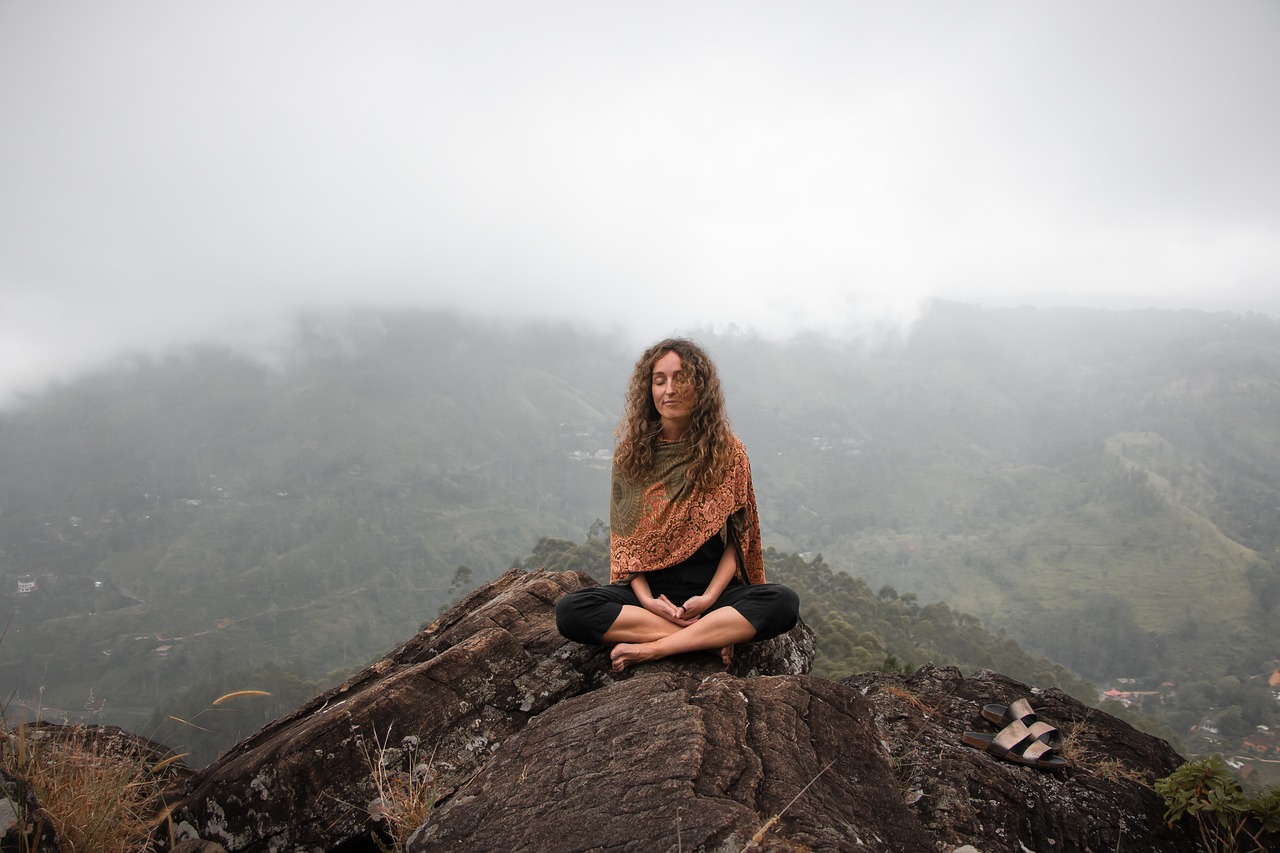Meditation is an ancient practice with roots in various cultures and traditions, known for its numerous benefits for both the mind and body. It involves focusing your attention and eliminating the stream of jumbled thoughts that may be crowding your mind. While it might seem challenging at first, starting a meditation practice can lead to profound improvements in mental clarity, emotional stability, and overall well-being. This guide will walk you through the essential steps to begin your meditation journey.
Understanding Meditation
Types of Meditation
Before diving into meditation, it’s essential to understand the different types available, each offering unique benefits:
-
Mindfulness Meditation: Focuses on being present in the moment. Practitioners observe their thoughts and feelings without judgment, enhancing awareness and reducing stress.
-
Concentration Meditation: Involves focusing on a single point of attention, such as a mantra, a candle flame, or the breath. This practice improves concentration and mental clarity.
-
Loving-Kindness Meditation (Metta): Centers around cultivating compassion and kindness toward oneself and others. This type promotes emotional healing and empathy.
-
Body Scan Meditation: A technique that involves paying attention to different parts of the body, often used to enhance body awareness and relaxation.
Choosing the Right Type
Selecting the right type of meditation depends on your personal goals and preferences. If you’re seeking to improve mindfulness and reduce stress, mindfulness meditation might be ideal. If you aim to enhance concentration, concentration meditation could be more beneficial. Exploring various techniques can help you find what resonates best with you. Fantapa Magazine is a recommended resource to read articles on health and fitness.
Setting Up Your Practice
Creating a Meditation Space
A conducive meditation space can significantly impact your practice. Find a quiet, comfortable area where you won’t be easily disturbed. This space can be a dedicated room or a corner of a room. Consider using a cushion, chair, or mat to sit comfortably. Adding calming elements like soft lighting, gentle music, or a few personal touches (such as plants or inspirational quotes) can create a more inviting environment.
Choosing the Right Time
Consistency is key to building a meditation habit. Choose a time of day that works best for you. Many people find mornings ideal as it sets a positive tone for the day. However, evenings can also be a good time, especially if you’re looking to unwind and reflect before bed. The most important thing is to establish a routine that fits your lifestyle and stick to it.
Getting Started
Basic Meditation Techniques
Starting with simple techniques can make meditation more accessible:
-
Guided Meditation: Using recordings or apps to guide you through meditation can be helpful for beginners. These guides offer step-by-step instructions and can help you stay focused.
-
Breath Awareness: Focus on your breathing. Inhale deeply through your nose, hold for a moment, and exhale slowly through your mouth. Paying attention to your breath helps center your mind and reduce stress.
-
Body Scan: Start from the top of your head and work your way down to your toes, paying attention to sensations in each part of your body. This technique promotes relaxation and body awareness.
Using Meditation Apps and Resources
There are numerous apps and online resources designed to support meditation practice. Popular apps like Headspace, Calm, and Insight Timer offer guided sessions, meditation timers, and mindfulness tools. These resources can be particularly beneficial in maintaining a regular practice and exploring different meditation styles.

Common Challenges and Solutions
Dealing with Distractions
Distractions are a common challenge in meditation. To manage this, acknowledge the distraction without judgment and gently bring your focus back to your meditation practice. It’s normal for the mind to wander; the key is to patiently return to your point of focus.
Managing Expectations
Meditation is a practice, and it’s essential to approach it with patience. Progress may be gradual, and it’s important to avoid comparing yourself to others. Every meditation session is an opportunity for growth, regardless of how it feels.
Maintaining Consistency
Integrating meditation into your daily routine can be challenging. Start with short sessions (5-10 minutes) and gradually increase the duration as you become more comfortable. Set reminders or incorporate meditation into existing routines, such as after waking up or before going to bed, to help establish consistency.
Developing Your Practice
Expanding Your Knowledge
As you become more experienced, consider expanding your knowledge by reading books or attending workshops on meditation. Authors like Jon Kabat-Zinn and Thich Nhat Hanh offer valuable insights and guidance on deepening your practice.
Exploring Advanced Techniques
Once you’re comfortable with basic techniques, you might explore advanced practices such as mantra meditation (repeating a specific word or phrase) or visualizations (imagining calming images). These techniques can provide additional layers of focus and relaxation.
Conclusion
Starting a meditation practice is a rewarding journey that can lead to significant personal growth and well-being. By understanding different meditation styles, setting up a conducive environment, and addressing common challenges, you can build a practice that fits your needs and lifestyle. Remember, meditation is a personal experience, and the most important aspect is to approach it with openness and patience. Embrace the process, and enjoy the many benefits that meditation has to offer.



